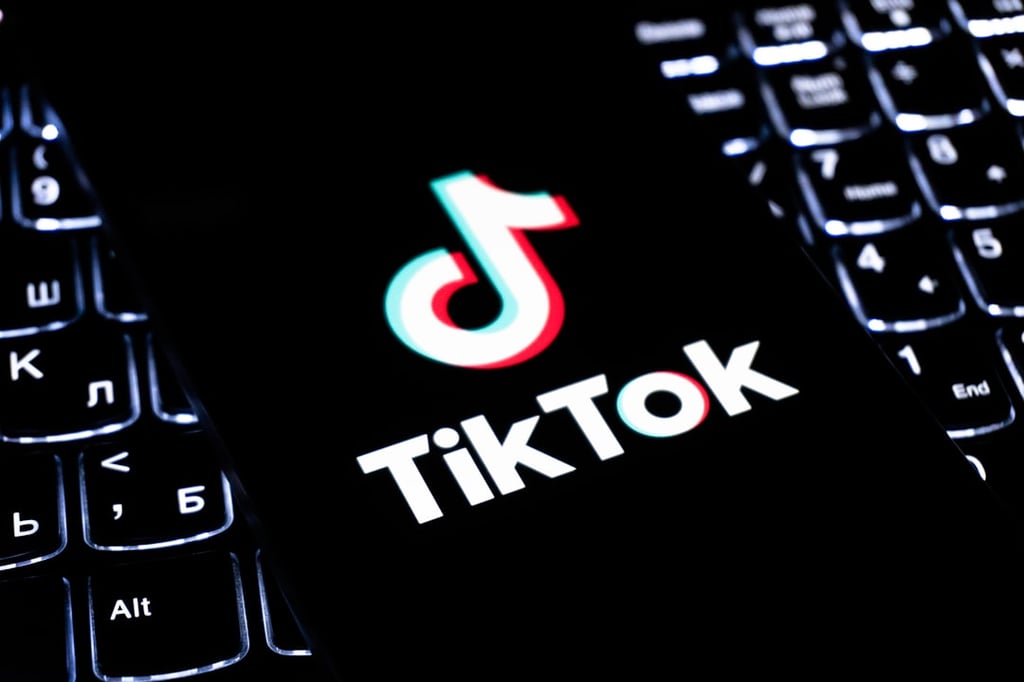Salesforce is betting that wearables like the Pebble smart watch will not only become fixtures at work, but also drive new, productivity-enhancing workflows in the enterprise. The San Francisco-based cloud computing innovator today unveiled Salesforce Wear, a new initiative designed to fast-track the development of apps that link wearable devices to the company’s market-leading business […]
Datamation content and product recommendations are
editorially independent. We may make money when you click on links
to our partners.
Learn More
Salesforce is betting that wearables like the Pebble smart watch will not only become fixtures at work, but also drive new, productivity-enhancing workflows in the enterprise.
The San Francisco-based cloud computing innovator today unveiled Salesforce Wear, a new initiative designed to fast-track the development of apps that link wearable devices to the company’s market-leading business cloud ecosystem. The reason is simple, according to Daniel Debow, senior vice president of Salesforce’s Emerging Technology division.
Just as Salesforce predicted the popularity of mobile-friendly, cloud-delivered software for businesses — and bet its future on it — the company sees a similar pattern emerging with wearables, albeit at an accelerated pace.
“Wearables are growing five times faster than smartphones,” Debow told Datamation during a phone interview. “And smartphones grew pretty fast.” Citing a forecast from IHS, the company expects 180 million wearables to be sold in 2018, a drastic increase from the 50 million units that buyers are expected to snap up this year.
In a recent report from ABI Research, the firm estimated that the enterprise wearables market will reach $18 billion by 2019. ABI expects the market to grow at a brisk compound annual growth rate (CAGR) of 56.1 percent until then.
To get ahead of the market, the program includes app development resources and sample code. Dubbed Salesforce Wear Developer Pack for the Salesforce1 Platform, the package includes “fully operational reference apps” for select devices that help developers get up to speed on incorporating wearables into the Salesforce ecosystem.
“We’re releasing those apps open source,” said Debow. He added that Salesforce is “perfectively happy if they copy/paste [the code] and build apps.” Developing apps with Salesforce Wear is a no-cost effort. “We’re lowering the barriers to innovation,” he said.
The aim is to build contextually-aware, frictionless apps that complement the unique user experiences (UX) that wearables provide. During an online demo on an emulated Samsung Gear smart watch, Salesforce senior manager Kevin Ota showed off how his company’s platform can be extended into the wearables realm.
“The focus is on quick and simple,” said Ota as he navigated a Salesforce card stack on the Gear smart watch in preparation for an upcoming meeting. Despite the limited real estate, concise screens provided information on attendees, including “key players” that are denoted by a key icon. He issued a post-meeting email using a pre-canned message and updated the Salesforce activity stream without once relying on a smartphone or tablet.
Developers aren’t the only ones the company is bringing on board. Early Salesforce Wear partners include mobile chipmaker ARM, Pebble and OMsignal. The program also supports the Myo gesture-controlled wearable from Thalmic and Nymi identity authenticator from Bionym.
Pedro Hernandez is a contributing editor at Datamation. Follow him on Twitter @ecoINSITE.
Photo courtesy of Shutterstock.
-
Ethics and Artificial Intelligence: Driving Greater Equality
FEATURE | By James Maguire,
December 16, 2020
-
AI vs. Machine Learning vs. Deep Learning
FEATURE | By Cynthia Harvey,
December 11, 2020
-
Huawei’s AI Update: Things Are Moving Faster Than We Think
FEATURE | By Rob Enderle,
December 04, 2020
-
Keeping Machine Learning Algorithms Honest in the ‘Ethics-First’ Era
ARTIFICIAL INTELLIGENCE | By Guest Author,
November 18, 2020
-
Key Trends in Chatbots and RPA
FEATURE | By Guest Author,
November 10, 2020
-
Top 10 AIOps Companies
FEATURE | By Samuel Greengard,
November 05, 2020
-
What is Text Analysis?
ARTIFICIAL INTELLIGENCE | By Guest Author,
November 02, 2020
-
How Intel’s Work With Autonomous Cars Could Redefine General Purpose AI
ARTIFICIAL INTELLIGENCE | By Rob Enderle,
October 29, 2020
-
Dell Technologies World: Weaving Together Human And Machine Interaction For AI And Robotics
ARTIFICIAL INTELLIGENCE | By Rob Enderle,
October 23, 2020
-
The Super Moderator, or How IBM Project Debater Could Save Social Media
FEATURE | By Rob Enderle,
October 16, 2020
-
Top 10 Chatbot Platforms
FEATURE | By Cynthia Harvey,
October 07, 2020
-
Finding a Career Path in AI
ARTIFICIAL INTELLIGENCE | By Guest Author,
October 05, 2020
-
CIOs Discuss the Promise of AI and Data Science
FEATURE | By Guest Author,
September 25, 2020
-
Microsoft Is Building An AI Product That Could Predict The Future
FEATURE | By Rob Enderle,
September 25, 2020
-
Top 10 Machine Learning Companies 2021
FEATURE | By Cynthia Harvey,
September 22, 2020
-
NVIDIA and ARM: Massively Changing The AI Landscape
ARTIFICIAL INTELLIGENCE | By Rob Enderle,
September 18, 2020
-
Continuous Intelligence: Expert Discussion [Video and Podcast]
ARTIFICIAL INTELLIGENCE | By James Maguire,
September 14, 2020
-
Artificial Intelligence: Governance and Ethics [Video]
ARTIFICIAL INTELLIGENCE | By James Maguire,
September 13, 2020
-
IBM Watson At The US Open: Showcasing The Power Of A Mature Enterprise-Class AI
FEATURE | By Rob Enderle,
September 11, 2020
-
Artificial Intelligence: Perception vs. Reality
FEATURE | By James Maguire,
September 09, 2020
SEE ALL
ARTICLES









